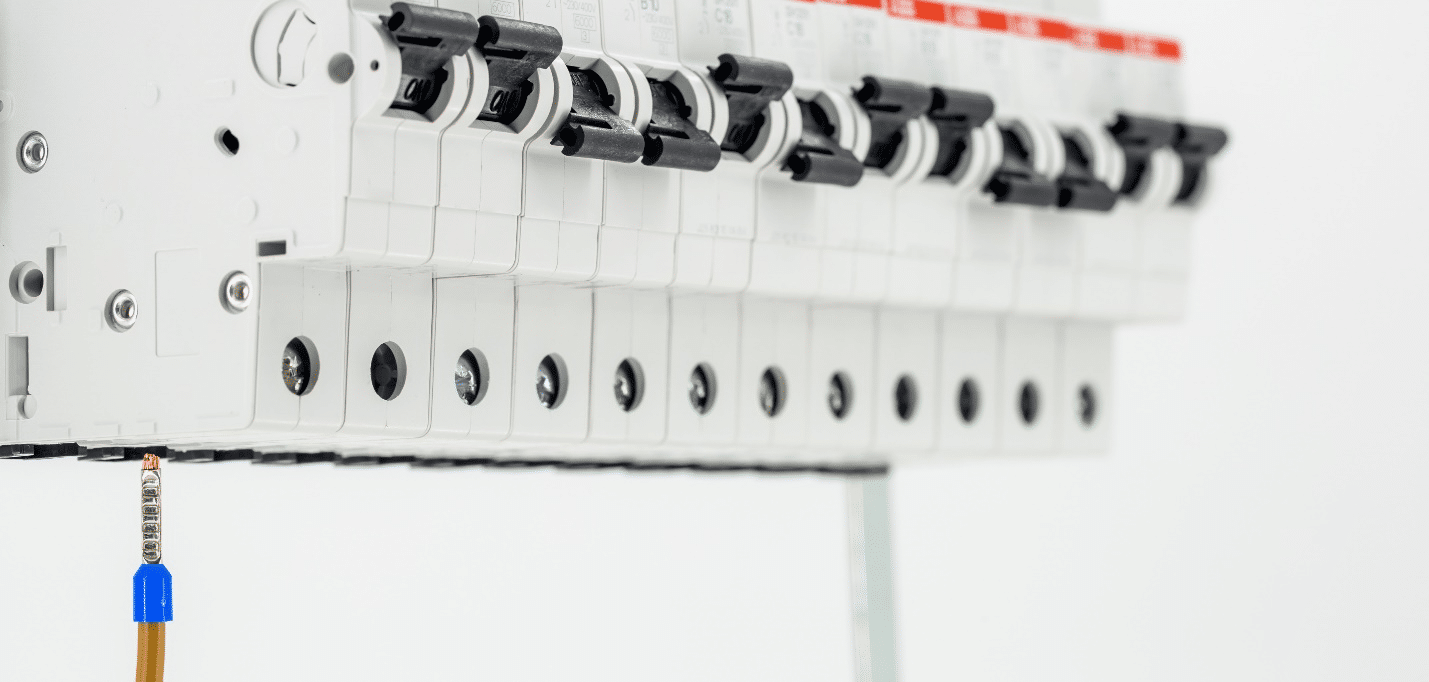How to know if a circuit breaker is bad can be daunting for an armature electrician or a homeowner. This article highlights signs of a bad circuit breaker and how to replace it.
How to Know If a Circuit Breaker Is Bad
Frequent Tripping
While frequent breaker tripping protects appliances in a building, it also shows a faulty circuit breaker. The problem may be related to your circuit breaker, the overloading of circuits, or a malfunctioning device. It is also possible that the breaker keeps tripping and will not stay in place when reset.
Unplugging all devices is important to determine if the appliance or the circuit is the problem. It is also recommended to have an electrician from Tercero Inc. inspect it as soon as possible. Ignoring the issue may increase the risk of fire and potential property damage.
Burning Smell from the Outlet
If you detect a burning odor or see sparks coming from an outlet, it is a sign that your circuit breaker needs replacement.
This issue happens when an excessive current flows through a circuit, causing the breaker to fail to trip, allowing the electricity to flow continuously, resulting in sparks or burning odors.
Buzzing Noises from the Outlet
One sign that a circuit breaker is faulty is buzzing or humming sounds coming from wall outlets. This noise suggests that the circuit breaker has been overloaded and can no longer function properly. It happens when the building uses many high-voltage appliances on the same circuit. As such, it causes the current overload.
Poor Appliance Performance
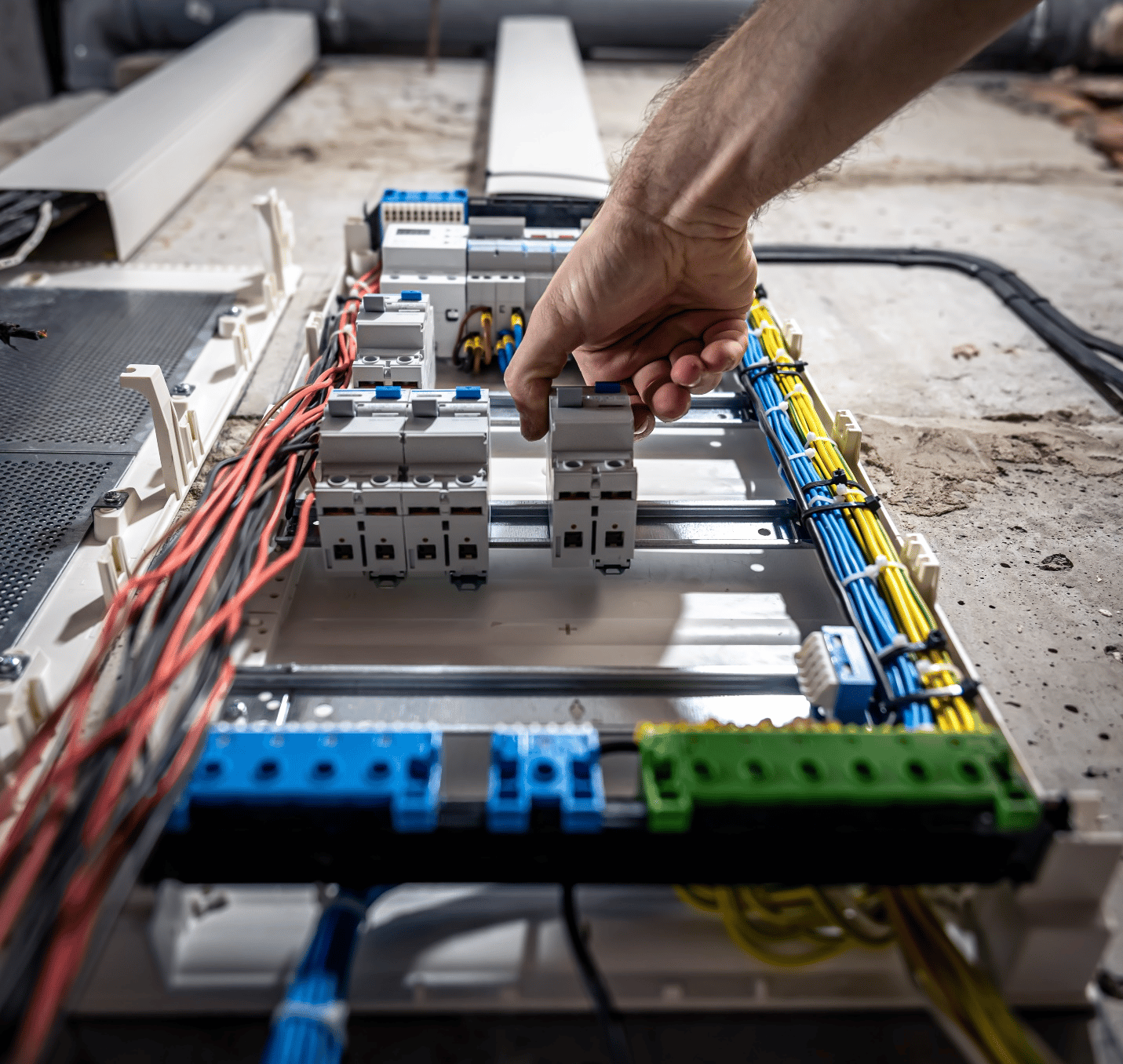
Sometimes poor performance by electrical appliances is because of a bad circuit breaker. For example, if an oven or coffee maker cannot heat properly, it could show the circuit breaker needs replacement.
Flickering Lights
It is one of the most common signs of a faulty circuit breaker in most commercial buildings. It’s advisable to have an electrical engineer load inspect the problem to identify the cause and make the repairs.
Old Age
Even though circuit breakers are built to last for an extended period, they may start to age and fail after around ten years of use. To avoid appliance damage in your office or building, you must promptly replace a circuit breaker.
Unexplained Outages
If you experience regular power outages or even temporary dimming of lights or appliances flickering, your breaker is likely not functioning properly. It may not manage the electrical load in your home and trips to prevent a dangerous overload. Ensure to replace it before it leads to more damage.
Safety Precautions When Working with Commercial Circuit Breakers
Handling any circuit breaker can be dangerous, so it’s always best to leave it to the professionals, such as Tercero Inc. electricians. Here are some safety steps to take when dealing with circuit breakers.
Turn Off Power
Before performing any work on the circuit breaker panel, turn off the main breaker and isolate the panel. This is necessary before any procedures, such as inspecting worn-out breakers.
Wear Protective Gear
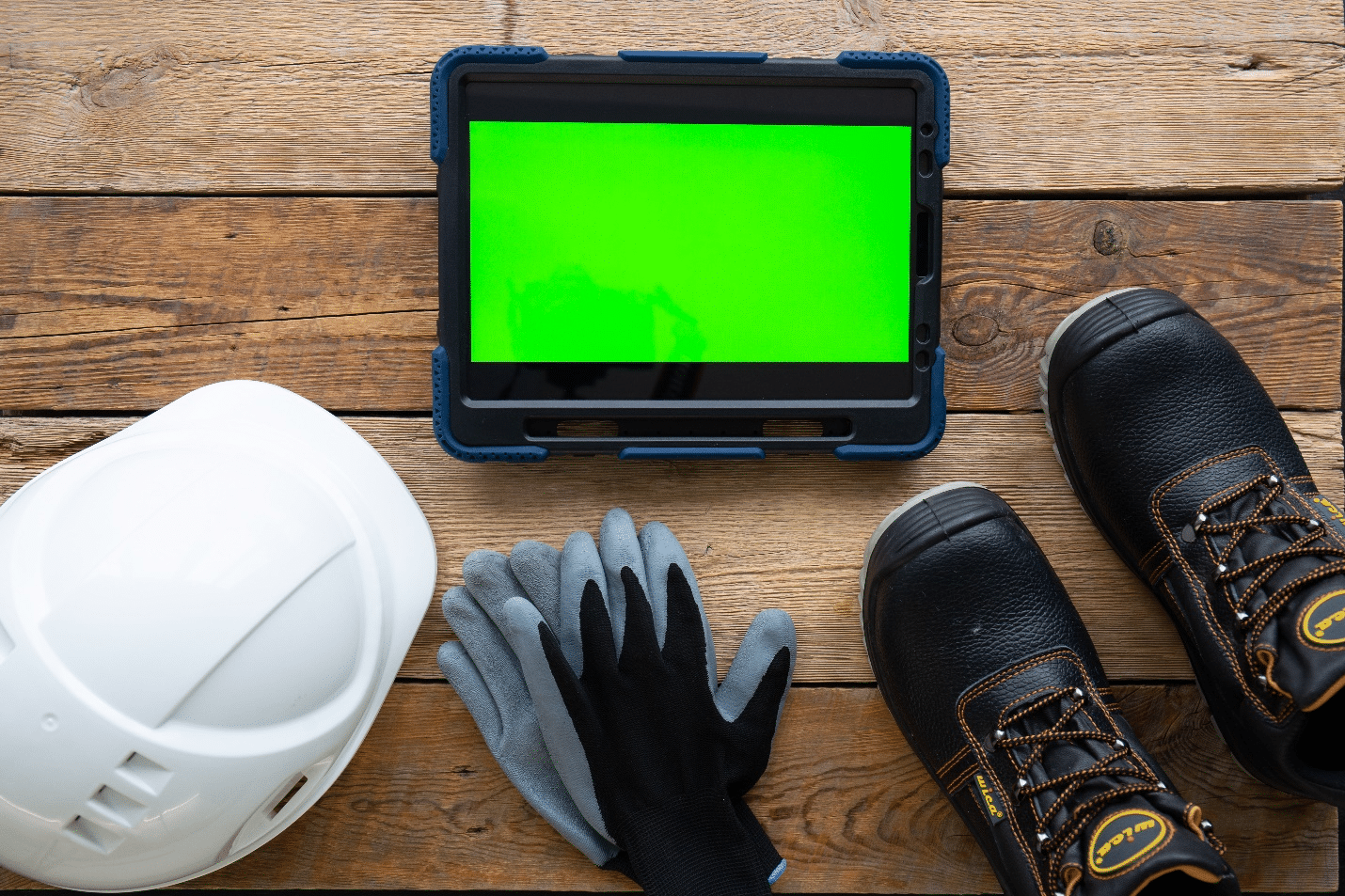
When there is a possibility of an arc flash hazard, appropriate precautions should be taken, and personal protective equipment (PPE) should be worn. To identify an arc flash hazard, consider factors such as exposed circuit parts and the overall design of the equipment. Also, consider the date of installation.
Work with a Compatible Circuit Breaker
Ensure the breaker you choose is compatible with the existing panel. Ensure it has the correct amperage rating and matching wiring. If you are unsure about the type of breaker circuit you need, contact Tercero Inc. for expert assistance.
Inspect The Materials and Tools You’ll Be Using
When replacing or installing a new circuit breaker, take the time to inspect all tools, wires, and new parts for damage. These quick inspections will guarantee that connections will work correctly and save time in the long run.
Inspect The Circuit Breaker Before Turning It On
After installing or replacing the circuit breaker, have a licensed technician conduct a comprehensive inspection of all new parts and connections. Failure to do this can damage the entire panel and all electrical components of the building.
When there is a possibility of an arc flash hazard, appropriate precautions should be taken, and personal protective equipment (PPE) should be worn. To identify an arc flash hazard, consider factors such as exposed circuit parts and the overall design of the equipment. Also, consider the date of installation.
Work with a Compatible Circuit Breaker
Ensure the breaker you choose is compatible with the existing panel. Ensure it has the correct amperage rating and matching wiring. If you are unsure about the type of breaker circuit you need, contact Tercero Inc. for expert assistance.
Inspect The Materials and Tools You’ll Be Using
When replacing or installing a new circuit breaker, take the time to inspect all tools, wires, and new parts for damage. These quick inspections will guarantee that connections will work correctly and save time in the long run.
Inspect The Circuit Breaker Before Turning It On
After installing or replacing the circuit breaker, have a licensed technician conduct a comprehensive inspection of all new parts and connections. Failure to do this can damage the entire panel and all electrical components of the building.
How To Replace a Bad Circuit Breaker
What you’ll need
- A new circuit breaker
- Safety glasses
- Screwdrivers
- Flashlight
This is how to fix a bad circuit breaker:
Turn Off the Main Power
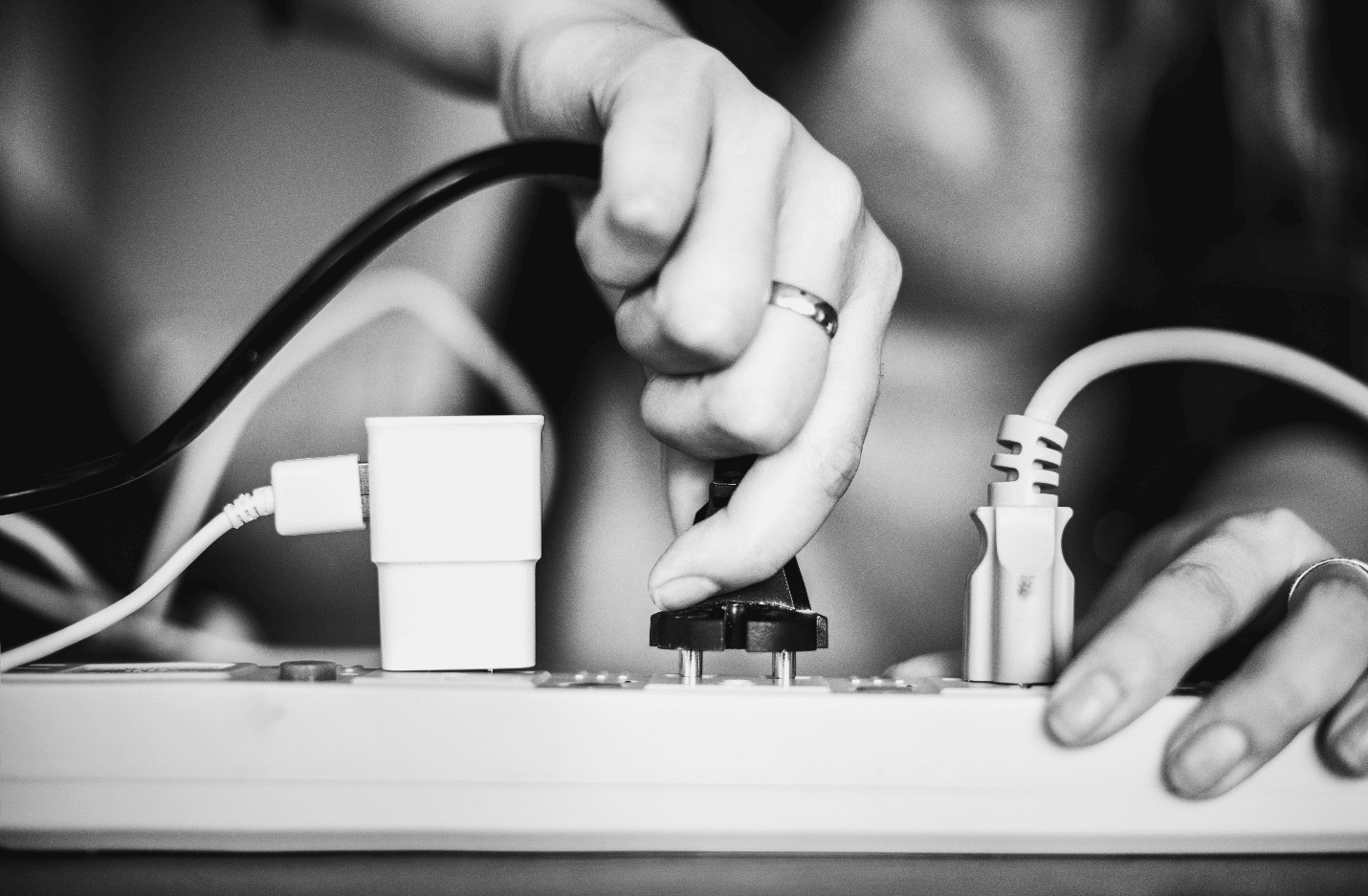
While professional electricians can work on a bad circuit breaker without turning off the power, turn the power off to prevent electrocution. It helps interrupt power to the two bus bars in the service panel. Once you locate the main circuit breaker, turn it to the “OFF” position.
Ensure to stand to the side of the panel and have your eyes looking away. While the likelihood is low, there is a risk of explosion in a circuit breaker panel, and standing to the side and looking away is a safety measure to protect your vision.
Remove The Cover Plate
Remove the screws that hold the panel cover plate in place. We recommend leaving the middle two screws in place until last and removing the corner screws first. Release the last two screws while holding the cover to prevent it from falling. Do not let any tip of the covering touch the panel.
Remove The Circuit Breaker
Once you remove the cover, locate the circuit breaker that needs replacing. Ensure to turn it to the “OFF” position.
If the black insulated circuit wire connected to the breaker is tightly folded along the sides of the panel, gently extend it out from the board, being cautious not to touch any other wires or the panel itself.
Hold the edge of the old breaker at the inner center of the panel and pivot it outward towards the outer side of the panel. The breaker should release and come out of the panel.
Disconnect The Wires
Remove the black wire connected to the breaker. To do this, unscrew the terminal grip holding the wire in place. If you are dealing with a 240 V circuit breaker, you’ll need to remove the red and black wires.
If you’re replacing an AFCI or GFCI circuit breaker, it will also have a neutral circuit wire connection on the circuit breaker and a coiled white pigtail wire connecting to the neutral bus bar in the panel. Disconnect all the wires.
Attach The Wires to The New Breaker
Before attaching the wires, ensure the reset lever is in the “OFF” position. Connect the black circuit wire to the new circuit breaker by inserting the bare end of the wire under the screw terminal on the breaker and tightening the screw. On some breakers, this terminal may be labeled LOAD or LOAD POWER.
If you’re dealing with an AFCI or GFCI or AFCI/GFCI combination breaker, attach the white neutral circuit wire to the screw terminal on the breaker. This terminal may be labeled NEUTRAL or LOAD NEUTRAL.
Insert The Breaker into Its Position
Insert the back of the new breaker into the back holder, clip on the panel, and push the breaker forward into place. It may require some force to ensure it is in the right position. Ensure that the breaker aligns with the bus bar when installing it. You should hear a click as the breaker snaps into place on the hot bus bar.
Neatly fold the remaining wire, tucking it into the panel’s space along the panel. Be careful not to touch other wires or metal parts on the panel.
Attach The Panel and Turn the Power On
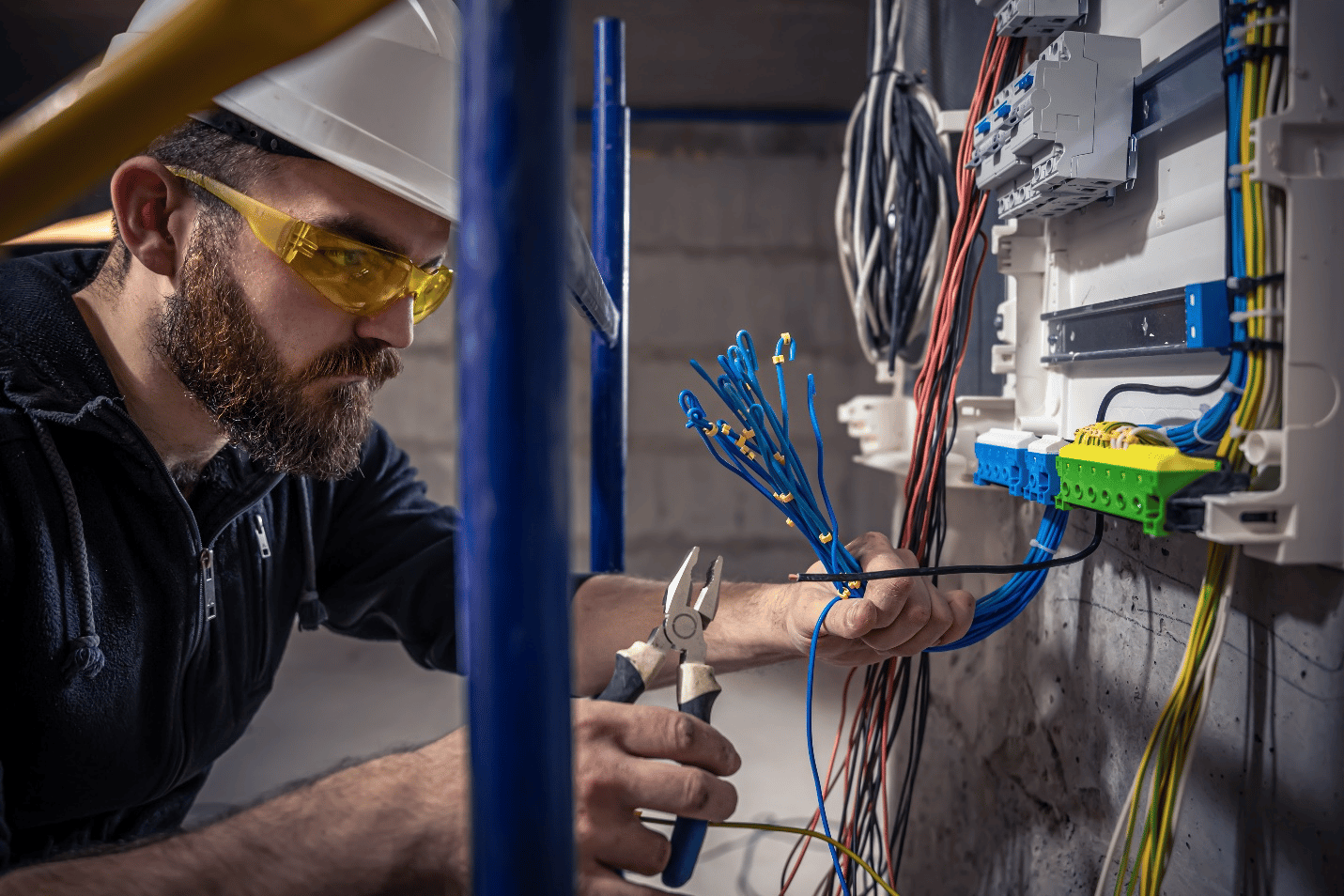
Once you have replaced the service panel cover and its screws, turn the toggle levers on all individual circuit breakers to the OFF position before turning on the main breaker. It will mitigate sudden high-power demand on the electrical service when the main circuit breaker is activated.
With all circuits off, turn the lever on the main circuit breaker to the ON position. Then, turn on each branch circuit breaker one at a time.
Conclusion
Circuit breakers play a vital role in ensuring the safety of your home or office’s electrical systems. Contact a reputable electrician if you notice any signs of a faulty circuit breaker, such as burning smells, sparks, or buzzing noises.
If you are unsure about how to know if a circuit breaker is bad, Tercero Inc. got you sorted. Our expert electricians will help diagnose the breakers. Call us to book a consultation.

